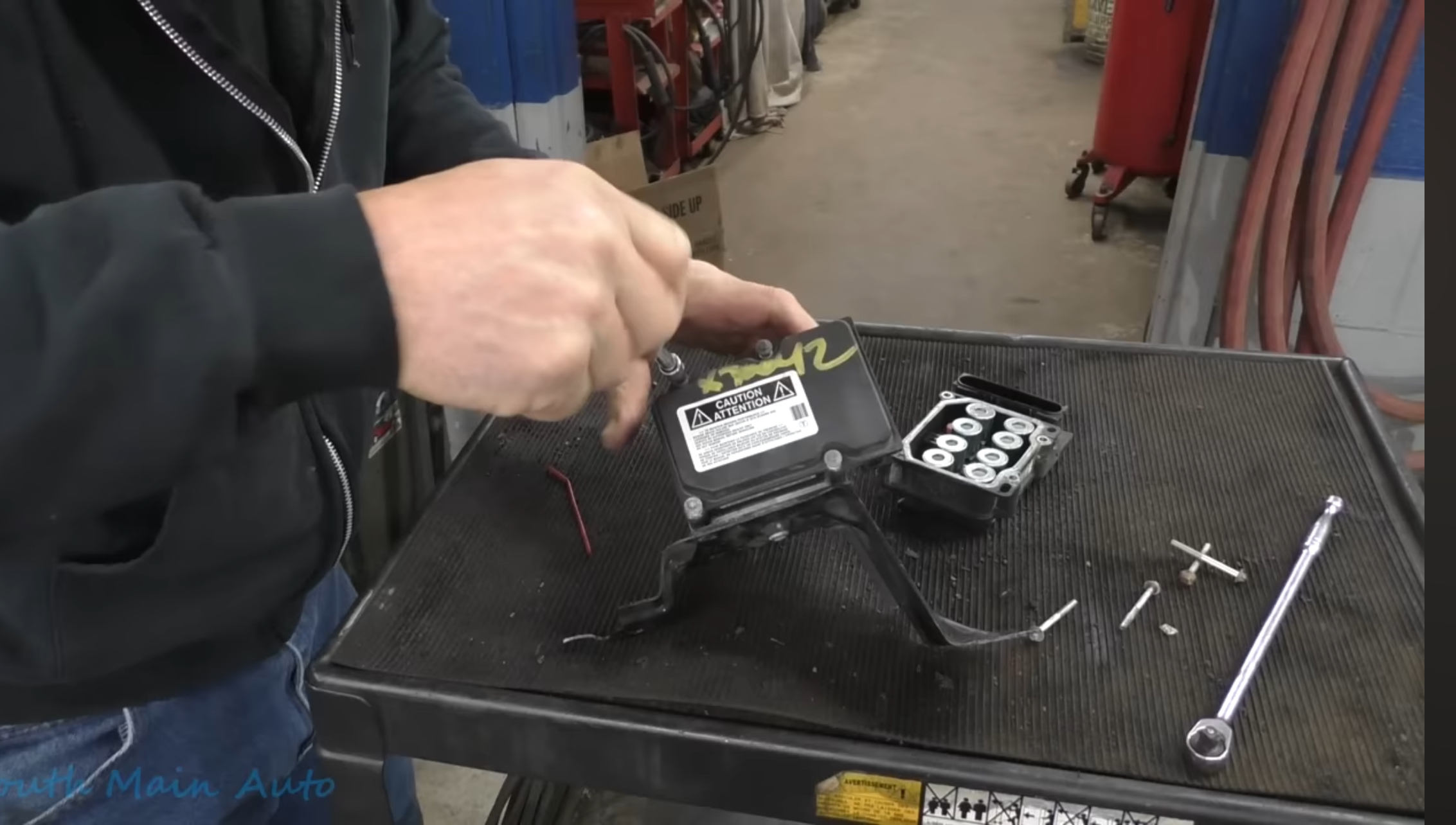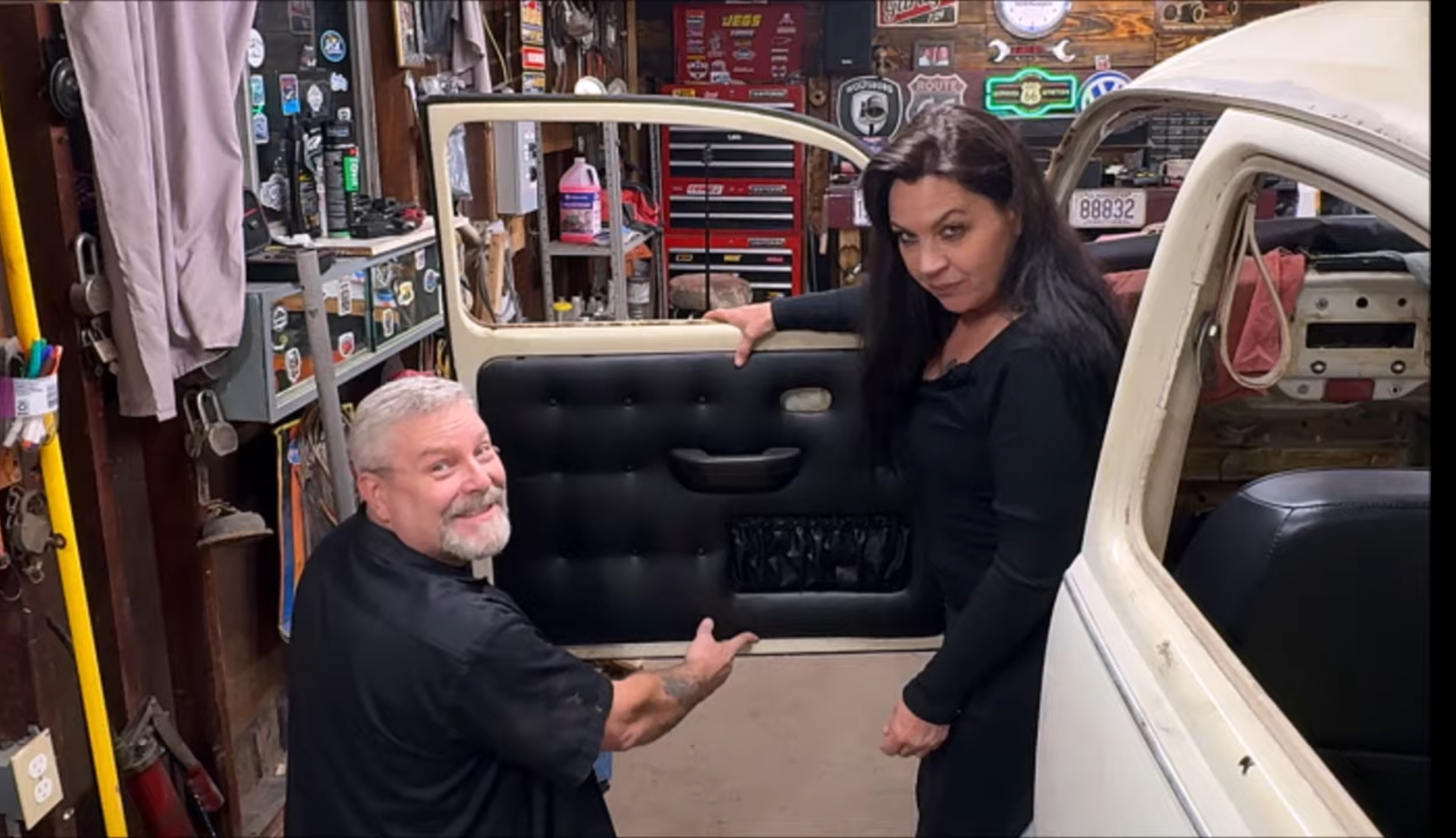For decades, Jeep was one of the most treasured American automotive brands—a symbol of rugged durability and iconic design. But today, the once-proud company finds itself at a crossroads. Under the ownership of Stellantis, Jeep’s reputation is faltering, and its customers, workers, and local communities are all feeling the strain.
The Jeep Wagoneer, a reimagining of a classic model, was supposed to herald a new era for the brand. Instead, it became a glaring symbol of what’s gone wrong. Priced at nearly $80,000, the Wagoneer aimed to compete with luxury SUVs, but buyers quickly discovered glaring quality issues. Water leaks, dashboard squeaks, and uneven tire wear left many wondering if the price tag was a cruel joke. For customers like Matt, a longtime Jeep enthusiast, the Wagoneer’s flaws were a bitter disappointment.
“This is not what you expect from any new car, let alone one that costs $80,000,” Matt said. His frustration reflects a growing sentiment among Jeep owners that the company has abandoned its commitment to quality.

So, how did Jeep get here?
The Stellantis Era: Cutting Costs and Corners
Jeep’s decline is tied to a much larger story about Stellantis, the multinational conglomerate formed in 2021 through a merger of Fiat Chrysler Automobiles (FCA) and Peugeot. Stellantis quickly became the world’s fourth-largest automaker, with brands like Chrysler, Dodge, Fiat, and Jeep under its umbrella. But as many workers and industry observers point out, this merger brought more cost-cutting than innovation.
Stellantis CEO Carlos Tavares, a protégé of cost-cutting legend Carlos Ghosn, wasted no time slashing budgets, laying off workers, and emphasizing shareholder returns above all else. In its first three years, Stellantis eliminated approximately 40,000 jobs globally. Factories that had sustained entire communities for decades were shuttered.
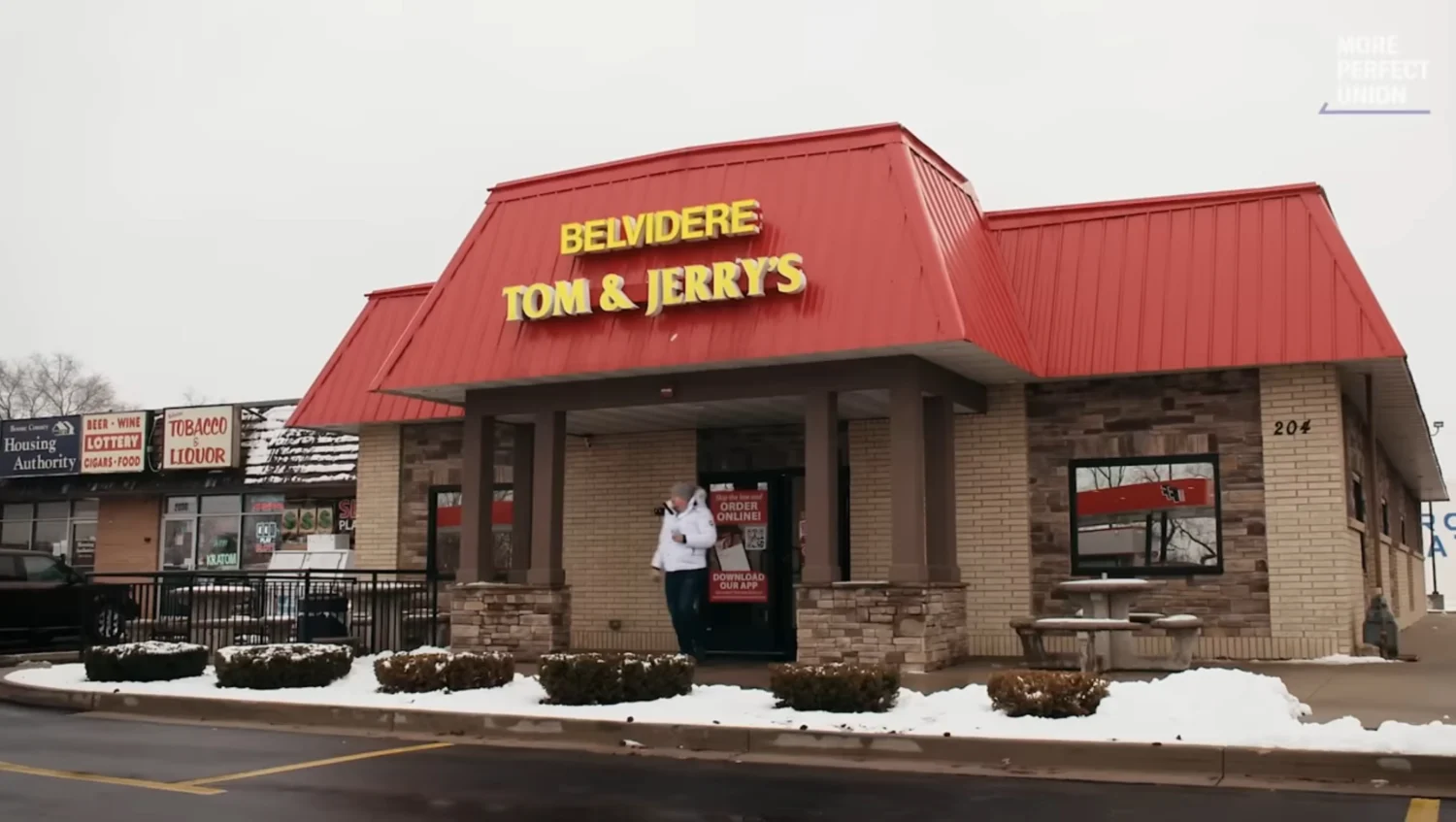
Belvidere Assembly Plant in Illinois, for example, saw its doors close, devastating the town’s economy. Local businesses—barber shops, gas stations, and restaurants—lost a steady stream of customers. Meanwhile, at Jeep’s Warren Truck plant, where the Wagoneer is assembled, the workforce has been nearly halved in just two years.
“The focus shifted immediately after Stellantis took over,” said Karen, a longtime Jeep worker. “It’s all about money now, not quality. We’re not producing the same way we used to.”
Profits Over People
The financial results of Stellantis’ cost-cutting spree have been lucrative for shareholders. In 2023, the company reported a staggering $18 billion in profit and paid out nearly $7 billion in dividends—a 53% increase from the previous year. Tavares himself took home nearly $40 million in compensation, making him one of the highest-paid automotive CEOs in the world.
But while Stellantis executives celebrated their windfalls, the company’s cars told a different story. Jeep’s iconic reputation began to crumble under the weight of shoddy materials and questionable design decisions. Workers reported using cheaper parts that left vehicles feeling worn out before they even hit the showroom floor.
“The older Jeeps were made of steel; now they’re plastic,” Matt said as he compared his 12-year-old Grand Cherokee to his new Wagoneer. “You can feel the difference.”
And it wasn’t just Jeep’s reputation that suffered. Stellantis raised its vehicle prices well above the industry average, banking on a strategy that emphasized luxury over affordability. During the pandemic, this worked; supply chain issues limited inventory, allowing Stellantis to charge a premium. But as the market normalized, customers balked. By 2024, Stellantis’ vehicles were sitting unsold on lots for months—sometimes more than 150 days.
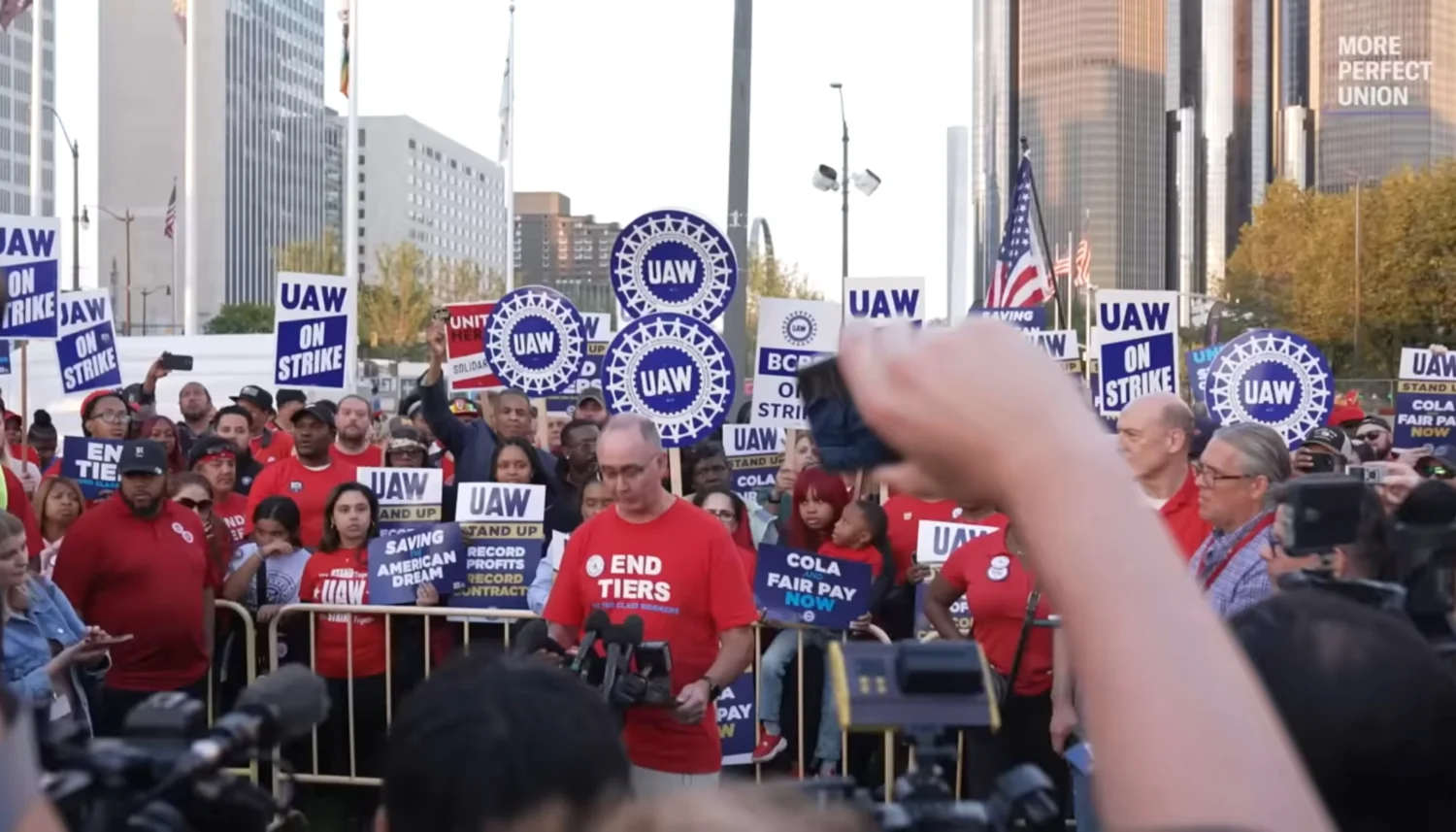
The Human Cost of Stellantis’ Strategy
The fallout from Stellantis’ policies isn’t just measured in declining sales. It’s also seen in the lives of the workers and communities the company has abandoned. In Warren, Michigan, thousands of layoffs left families scrambling. In Illinois, Belvidere’s closure was a devastating blow to a town built around the plant. And as production increasingly shifts to Mexico, workers fear that more U.S. jobs are at risk.
“It’s not that the cars aren’t selling,” said Romaine, a Jeep employee. “It’s that they’re moving the jobs overseas to cut costs. But what happens to the workers here? What happens to the communities we’ve built?”
Can Stellantis Turn It Around?
For Stellantis, the current trajectory is unsustainable. Workers have fought back, staging strikes in 2023 that forced the company to promise investments in U.S. plants like Belvidere. Yet those promises remain unfulfilled, with Stellantis citing “poor market conditions” as a convenient excuse. Meanwhile, competitors like Ford and GM have managed to maintain steady growth, leaving Stellantis looking increasingly isolated in its struggles.
Some industry experts believe the solution lies in a dramatic shift: investing in workers and quality rather than relentless cost-cutting. Ford’s strategy, which has focused on affordable electric vehicles and long-term investments in its workforce, could serve as a model.
“Stellantis needs to stop running from its problems and start solving them,” said Matthew Hardigree, an automotive journalist. “The company has a narrow window to turn things around, but it requires a complete change in philosophy. Cutting corners might boost profits in the short term, but it’s no way to build a legacy—or a car.”
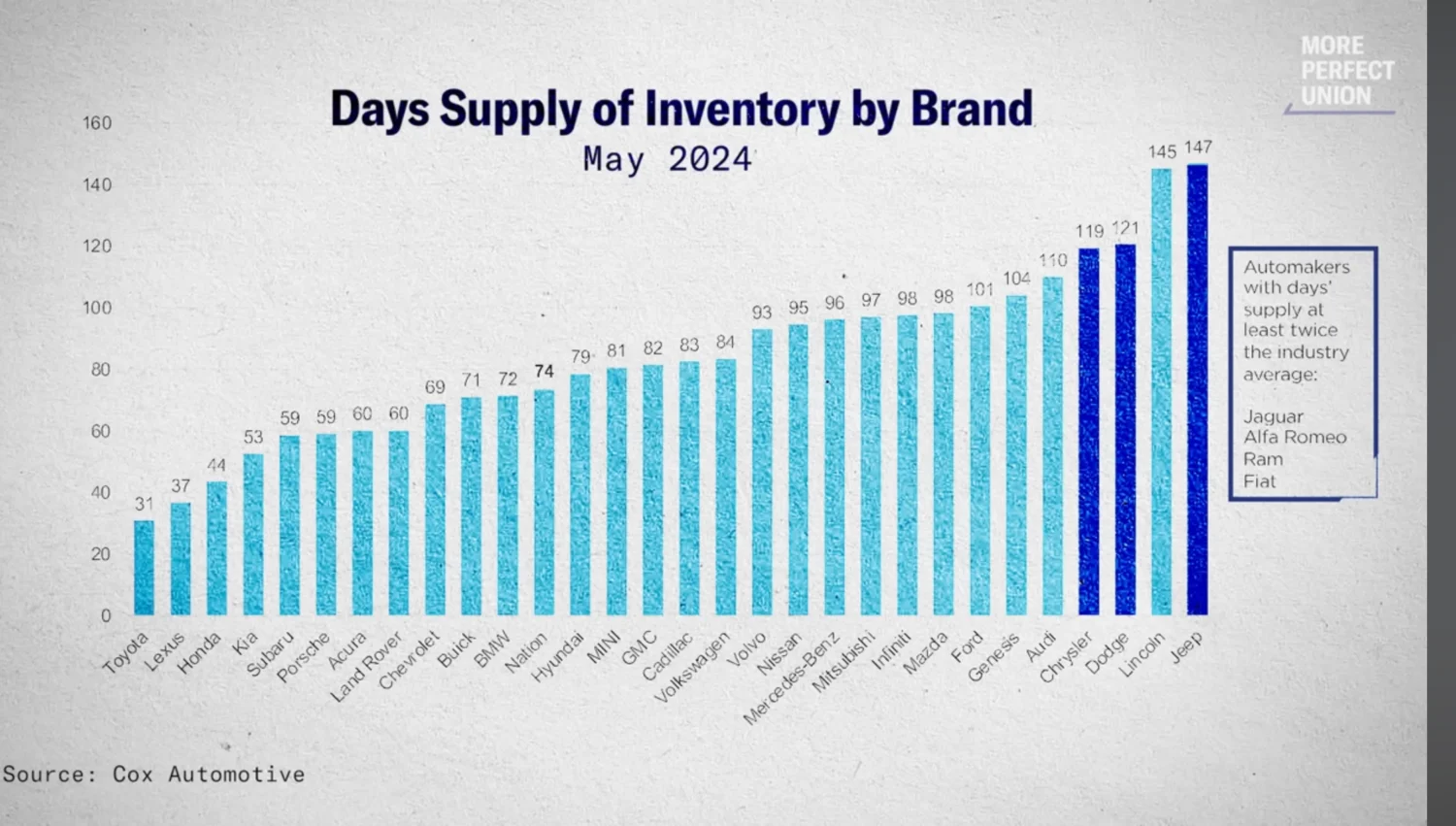
What’s Next for Jeep?
For Jeep fans like Matt, the hope is that Stellantis will recommit to the values that made the brand an American icon. “I believe in supporting American jobs and buying American vehicles,” Matt said. “But it’s hard to stay loyal when the company isn’t holding up its end of the bargain.”
As Stellantis grapples with its future, one thing is clear: the stakes couldn’t be higher. Jeep’s customers, workers, and communities are all watching, waiting to see whether the company will choose to invest in quality and people—or continue down a road that leads only to decline.
Watch the Full Story
To learn more about Jeep’s journey under Stellantis and hear directly from workers and customers, watch the full video on More Perfect Union’s YouTube channel. More Perfect Union is an independent newsroom dedicated to amplifying the voices of working people and holding corporations accountable. For more stories like this, visit their website or follow them on social media.



